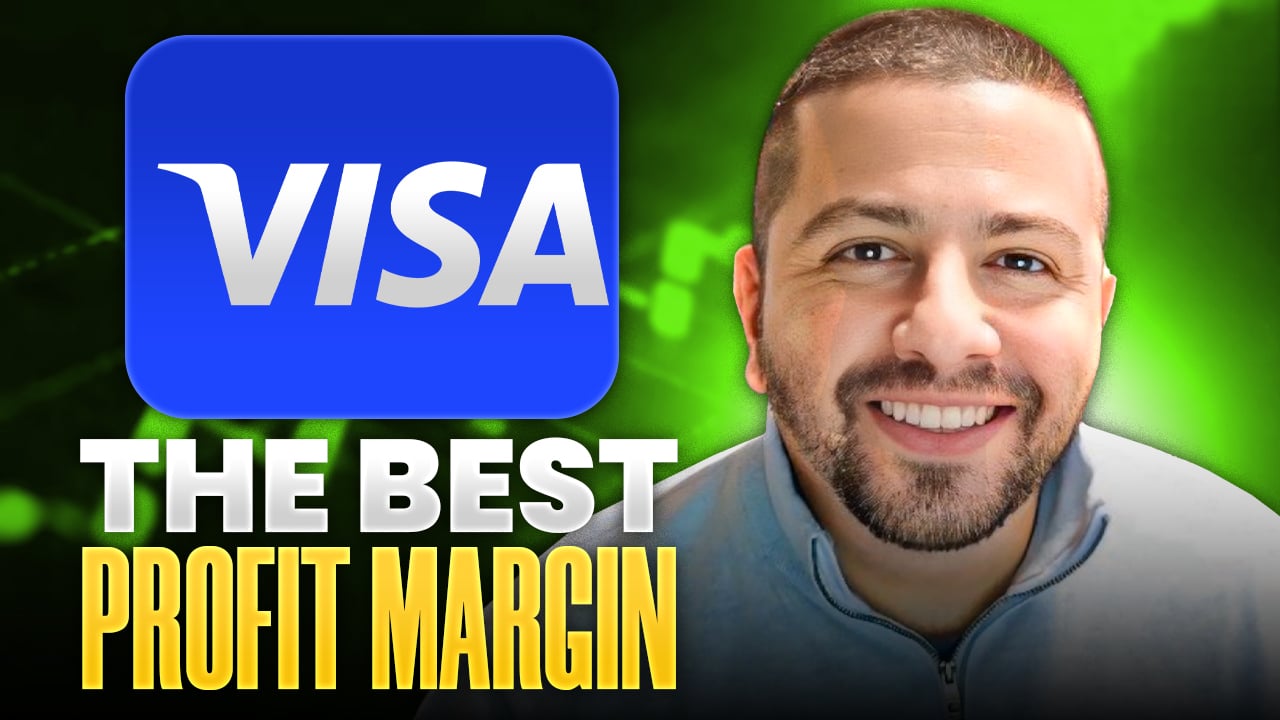As investors, it's very important to understand how the companies we invest in make money. While this might sound painfully obvious, many invest in companies with only a vague notion of how they make money. To be sure, some business models are easier to grasp than others. For instance, even average consumers can tell you that Nike makes money selling shoes and that Coca-Cola earns a profit selling sugary carbonated beverages.
Other companies' business models are not so obvious. Take Visa Inc (V +0.37%), for instance. Since its IPO in March 2008, Visa has provided monster returns to shareholders, producing gains of well over 500%!
While the returns have been unquestionably great, Visa's business model is often misunderstood. While it might commonly be called a credit card company, that definition is ambiguous and doesn't really explain how it generates revenue. Without further ado, let's take a closer look at this market-beating investment and determine exactly how it creates all those profits for investors.
How Visa doesn't make money
Because a lot of confusion exists on this point, let's start with how Visa does not make money. As with Mastercard Inc (MA +0.23%), consumers don't actually borrow money from Visa when they use their credit cards to make purchases. Therefore, when consumers make credit card payments Visa does not profit from the interest rates charged by the card. The money being borrowed is from the card-issuing financial institution, such as JPMorgan Chase or Capital One, and thus all interest expenses paid on a Visa-branded credit card goes to the card issuer.

Image source: Pixabay.
There are pros and cons to this model. The obvious downside is that consumers pay a lot of credit card interest each year and none of that revenue goes to Visa. The positive is that Visa faces none of the default risk that comes from lending money. For what it's worth, Wall Street tends to assign much higher valuations to companies that do not face loan default risk. As a result, Mastercard's and Visa's price-to-earnings ratios are easily more than double of card-issuers' valuations like the American Express Company (AXP +0.35%), Capital One, and JPMorgan Chase.
The four-party payment model
Visa essentially acts as the middleman in a four-party model which, besides Visa, includes the card-issuing financial institution, the merchant, and the acquirers (the merchant's bank). According to the company's 10-K report, its annual filing with the SEC, every time a card is used Visa collects fees, as tiny slivers taken out of each transaction amount (it can vary depending on the card-issuing bank and merchant where it is used), in three main ways: service revenues, data processing revenues, and international transaction revenues. Last quarter, more than 96% of Visa's revenue was generated through these three streams.
Service revenues are what the company earns for services provided to card issuers for the use of Visa products. The primary driver of this revenue category is payment volume. In other words, the more a product costs, the more revenue Visa makes in this category. For example, a gallon of milk will not bring in nearly as much service revenue as a brand-new energy-efficient refrigerator. What makes this type of revenue special is that it is a built-in hedge against inflation. If the cost of widgets rises due to consumer inflation, Visa's (and Mastercard's) revenue will automatically grow right along with it!
Data processing revenues are the microscopic fees Visa collects for the authorization, settlement, clearing, and other various access and maintenance fees for its vast payment network. These revenues are based on the number of transactions that are made across Visa's network; not how much money is being charged.
What exactly do these terms mean? Well, the authorization is the process by which Visa routes the transaction from the point-of-sale to the card issuer for approval. The clearing is the exchange of the transaction information between the issuer and acquirer after a sale is made and authorized while the settlement is the facilitation of the actual exchange of funds between the involved parties.
Finally, international transaction revenues are earned for cross-border and currency conversion activities. These revenues are generated whenever a card holder purchases goods in a country different from the card-issuers country of origin. Because these fees make up such a significant chunk of Visa's total revenue, the company is especially sensitive to economic downturns across the world or whenever an event occurs, like the outbreak of a disease or act of terrorism, which can significantly hurt a region's tourism industry. It also means Visa is affected by the strength of the U.S. dollar more than most companies.
The Foolish conclusion
What I have found to be helpful when I only vaguely understand a company's business model, is to read the company's business overview section in its annual 10-K report. The reports are usually found on a company's investor relations website. Fifteen minutes spent reading this section is a great launching pad for further discovery and education about a company. Nearly all the information in this article was taken from Visa's most recent annual filing.
Understanding how a company makes money is a must for potential investors as it is nearly impossible to evaluate a corporation's prospects without knowing the different ways it earns revenues. It would be a shame to eliminate potentially great investments, like Visa, because of a lack of understanding its fundamental business model.









